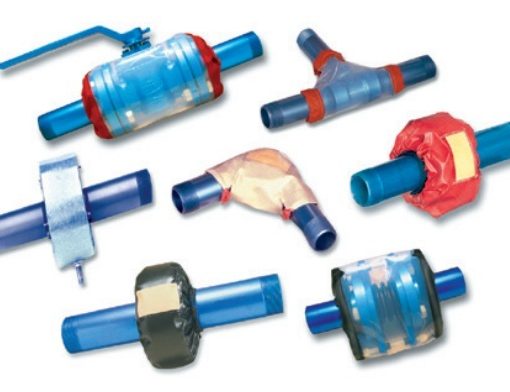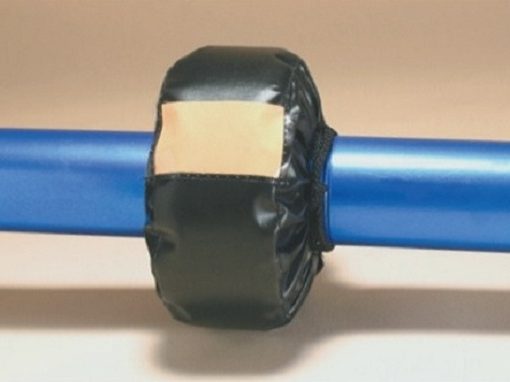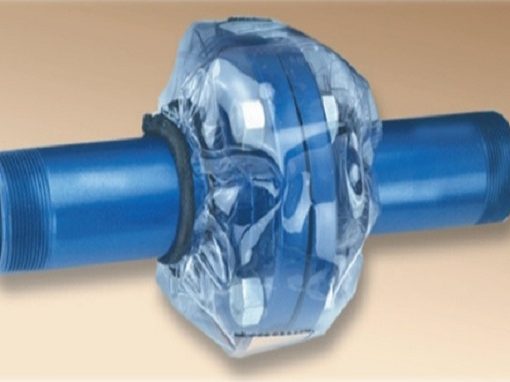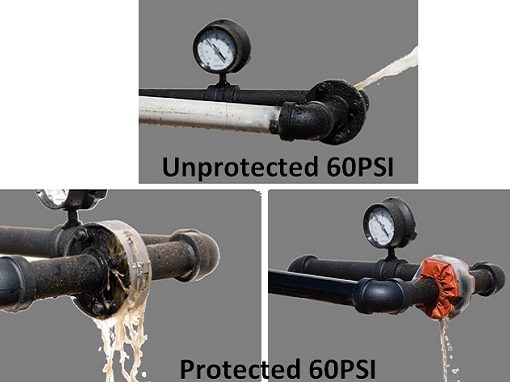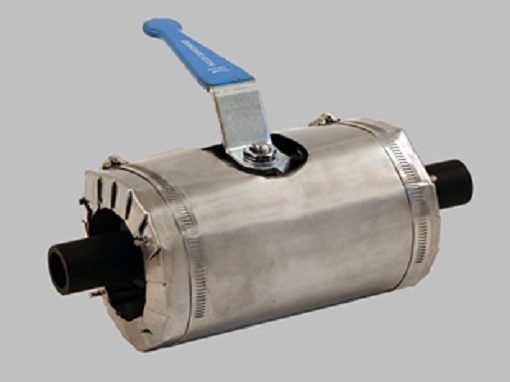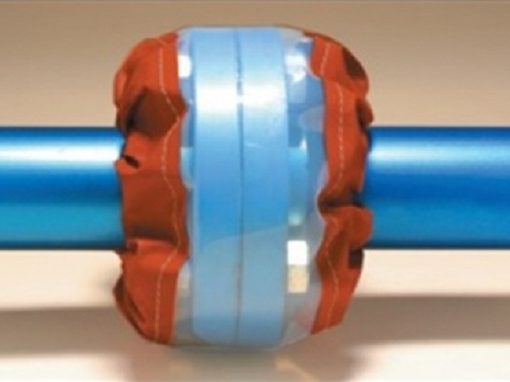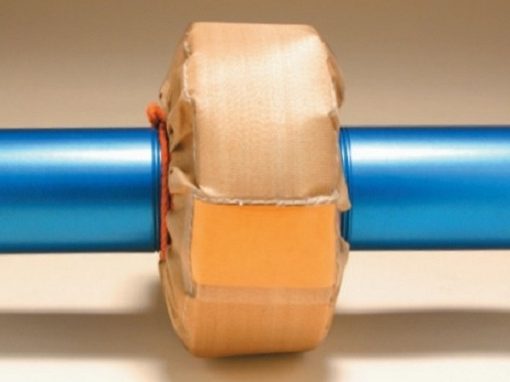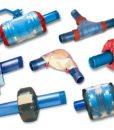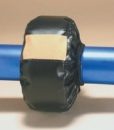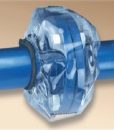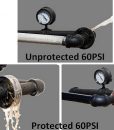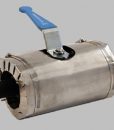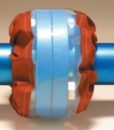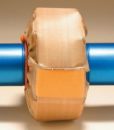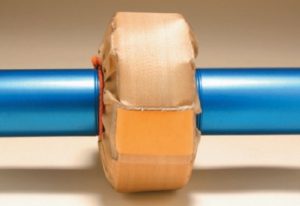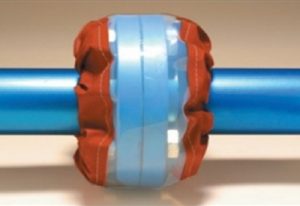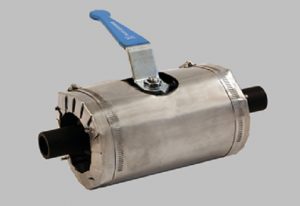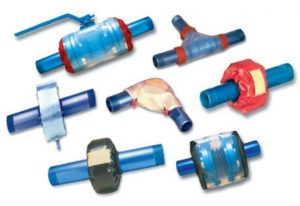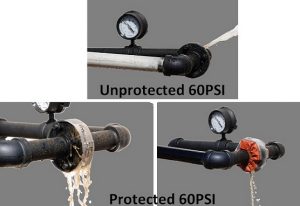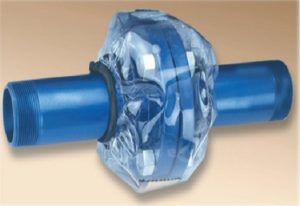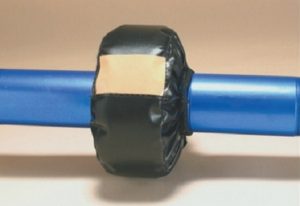Specification
PVC safety shield
▷ Suitability for temperatures up to 60℃ and in the presence ofcertain chemicals, such
as concentrated acids,only at lower temperatures.
▷ Wide applications, particularly in conditions withambient temperatures and pressures
of 21 baror lower.
▷ Added benefit of a “See-Thru” feature, permitting easy visual inspection of pipe jointflanges,
valves and threaded connections.
PPL safety shield
▷ Used to protect against hydrofluoric acid, a highly virulent chemical that is used to
etch glass and is also employed in petroleum cracking operations.
▷ Thermoplastic cloth demonstrates temperature and pressure resistance up to 225 ℃
and 76 bar.
▷ at sulfuric acid concentrations of 30% or less, are recommended up to line
temperatures of 93 ℃
TEFLON safety shield
▷ Demonstrateresistance to temperatures up to 232℃pressures up to 114 barand are
inert to a wide spectrum of commercial chemicals.
▷ Outstanding protection against corrosion.
▷ Recommended in the chemical, pharmaceutical, electronic, pulp/paper, food
processing industries, as well as other vital manufacturing applications in which
corrosive chemicals
at high temperatures are frequently used.
▷ For lines carrying sulfuric acid, this is most frequently specified.
▷ It can resist thisacid at any concentration, including fuming oil.
VUE safety shield
▷ “See-Thru” shield that permits easy identification andinspection of all pipe joints,
including flanges, valves, threaded connections and expansion joints.
▷ Withstands temperatures up to 150℃ and pressures to 69 bar.
▷ It demonstrates a broad spectrum of chemical resistance, especially to most corrosive
chemicals and organic solvents.
Metal safety shield
▷ Galvanized steel, “304” stainless steel, “316” stainless steel
▷ It issufficiently heavy to withstand high pressures andalso has flexibility to permit
shaping
▷ Galvanized- Installed widely for water, oil andsteam applications
▷ It is vulnerable to corrosive attack and should not beused on lines carrying hazardous
chemicals
▷ Withstands temperatures up to 427℃ and pressures to 207 bar.
▷ SUS304 – Applications requiring mild corrosion resistance
Withstands temperatures up to 1454℃ and pressures to 207 bar.
▷ SUS3016 – To give superior resistance to pitting and to most types of corrosion,
making “316” suitable forapplications involving severe corrosive conditions.
Withstands temperatures up to 1454℃ and pressures to 207 bar.

